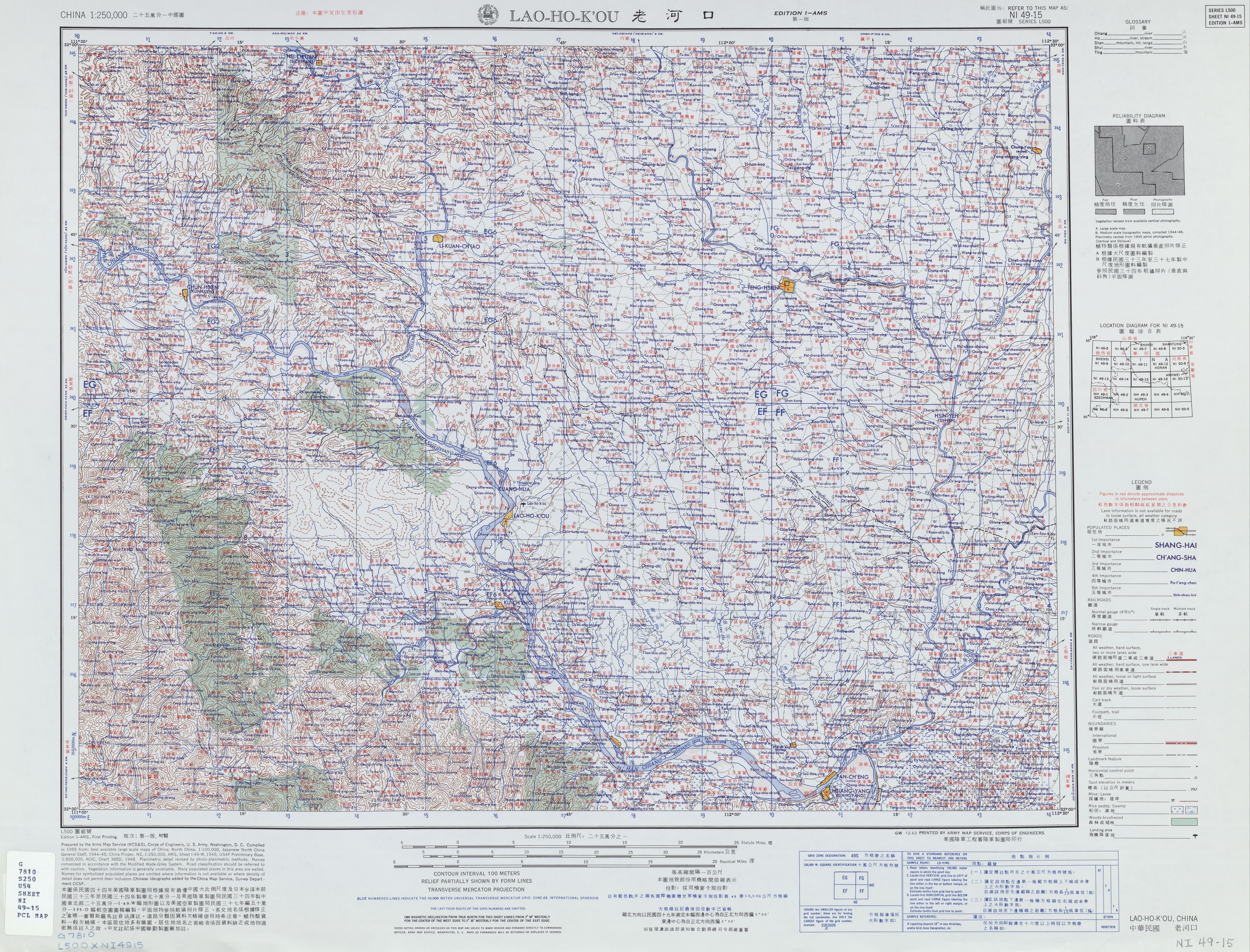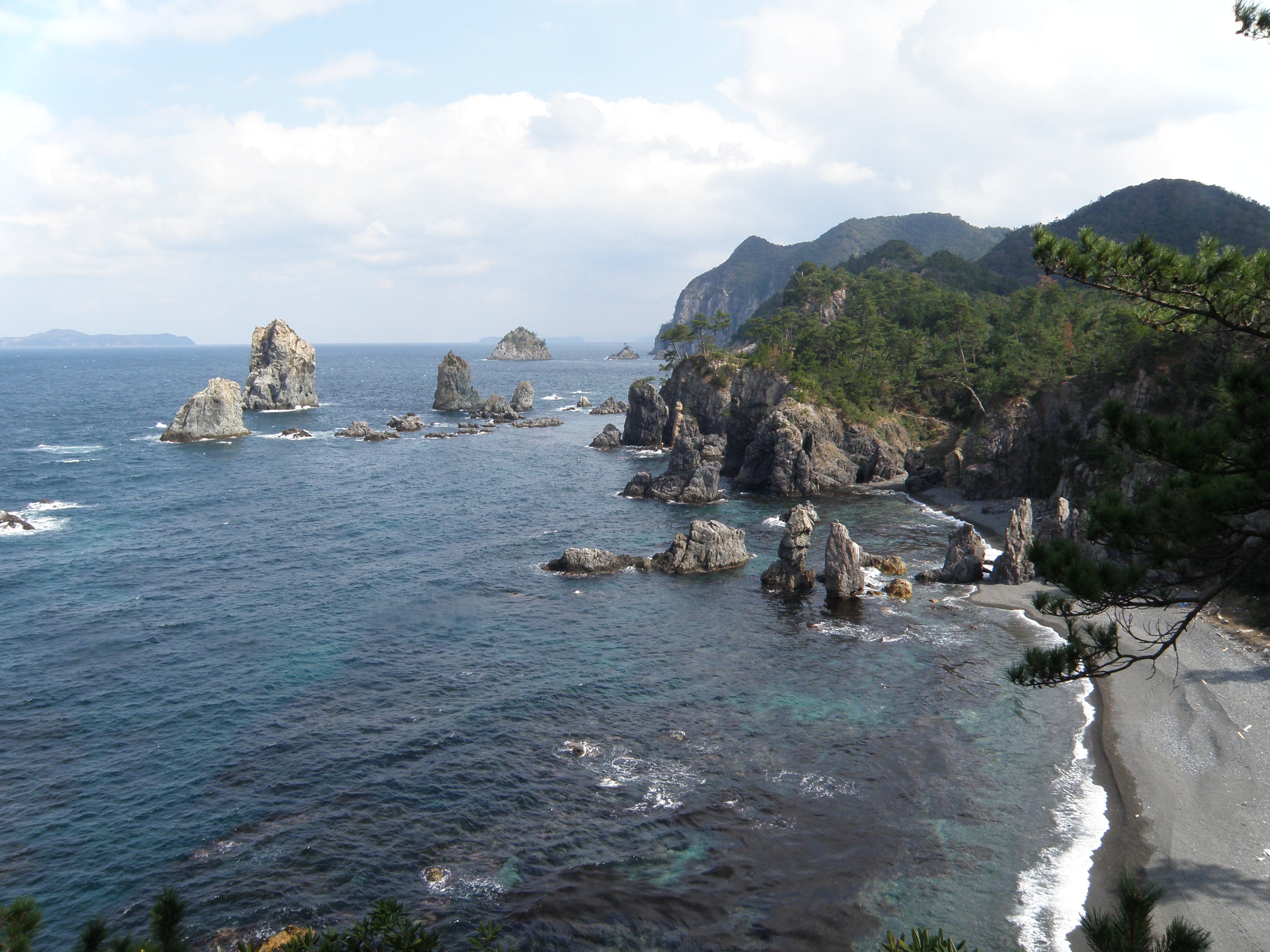|
115th Division (Imperial Japanese Army)
The was an infantry division of the Imperial Japanese Army. Its call sign was . It was formed 10 July 1944 in Henan as a type-C(hei) security division, simultaneously with the 114th, 117th and 118th divisions. The nucleus for the formation was the 7th Independent Mixed Brigade. The division was initially assigned to the Twelfth Army. Action In March 1945, the division was reinforced by a mortar company and sent to participate in the Battle of West Henan–North Hubei. In April 1945 it occupied Laohekou. The division was detained in a labour camp in Henan after the surrender of Japan 15 August 1945. 23 April 1946, it sailed from Shanghai and arrived at Nagato, Yamaguchi 30 April 1946. The division was disbanded by 10 June 1946. See also * List of Japanese Infantry Divisions *Independent Mixed Brigades (Imperial Japanese Army) Between 1937 and 1945 the Japanese Imperial Army formed 126 Independent Mixed Brigades (numbered 1–136 with some gaps), typically composed of v ... [...More Info...] [...Related Items...] OR: [Wikipedia] [Google] [Baidu] |
Empire Of Japan
The also known as the Japanese Empire or Imperial Japan, was a historical nation-state and great power that existed from the Meiji Restoration in 1868 until the enactment of the post-World War II 1947 constitution and subsequent formation of modern Japan. It encompassed the Japanese archipelago and several colonies, protectorates, mandates, and other territories. Under the slogans of and following the Boshin War and restoration of power to the Emperor from the Shogun, Japan underwent a period of industrialization and militarization, the Meiji Restoration, which is often regarded as the fastest modernisation of any country to date. All of these aspects contributed to Japan's emergence as a great power and the establishment of a colonial empire following the First Sino-Japanese War, the Boxer Rebellion, the Russo-Japanese War, and World War I. Economic and political turmoil in the 1920s, including the Great Depression, led to the rise of militarism, nationa ... [...More Info...] [...Related Items...] OR: [Wikipedia] [Google] [Baidu] |
Laohekou
Laohekou () is a county-level city in the northwest of Hubei province, People's Republic of China. It is located on the Han River (Hanshui), near the Henan border. The entire county-level city has an area of and a population of 490,000 (2002). It falls under the jurisdiction of Xiangyang City. The area includes the city of Laohekou proper, which has an area of . Before the Communist Revolution, the city was the seat of the Roman Catholic Bishop of Laohekou. Geography and Climate Laohekou has a monsoon-influenced, four season humid subtropical climate (Köppen ''Cfa''), with cold, damp (but comparatively dry), winters, and hot, humid summers. The monthly 24-hour average temperature ranges from in January to in July, while the annual mean is . A majority of the annual precipitation of occurs from June to September. With monthly percent possible sunshine ranging from 33% in January to 46% in August, the city receives 1,762 hours of bright sunshine annually; January thru March ... [...More Info...] [...Related Items...] OR: [Wikipedia] [Google] [Baidu] |
Military Units And Formations Disestablished In 1946
A military, also known collectively as armed forces, is a heavily armed, highly organized force primarily intended for warfare. It is typically authorized and maintained by a sovereign state, with its members identifiable by their distinct military uniform. It may consist of one or more military branches such as an army, navy, air force, space force, marines, or coast guard. The main task of the military is usually defined as defence of the state and its interests against external armed threats. In broad usage, the terms ''armed forces'' and ''military'' are often treated as synonymous, although in technical usage a distinction is sometimes made in which a country's armed forces may include both its military and other paramilitary forces. There are various forms of irregular military forces, not belonging to a recognized state; though they share many attributes with regular military forces, they are less often referred to as simply ''military''. A nation's military may ... [...More Info...] [...Related Items...] OR: [Wikipedia] [Google] [Baidu] |
Military Units And Formations Established In 1944
A military, also known collectively as armed forces, is a heavily armed, highly organized force primarily intended for warfare. It is typically authorized and maintained by a sovereign state, with its members identifiable by their distinct military uniform. It may consist of one or more military branches such as an army, navy, air force, space force, marines, or coast guard. The main task of the military is usually defined as defence of the state and its interests against external armed threats. In broad usage, the terms ''armed forces'' and ''military'' are often treated as synonymous, although in technical usage a distinction is sometimes made in which a country's armed forces may include both its military and other paramilitary forces. There are various forms of irregular military forces, not belonging to a recognized state; though they share many attributes with regular military forces, they are less often referred to as simply ''military''. A nation's military may f ... [...More Info...] [...Related Items...] OR: [Wikipedia] [Google] [Baidu] |
Infantry Divisions Of Japan
Infantry is a military specialization which engages in ground combat on foot. Infantry generally consists of light infantry, mountain infantry, motorized infantry & mechanized infantry, airborne infantry, air assault infantry, and marine infantry. Although disused in modern times, heavy infantry also commonly made up the bulk of many historic armies. Infantry, cavalry, and artillery have traditionally made up the core of the combat arms professions of various armies, with the infantry almost always comprising the largest portion of these forces. Etymology and terminology In English, use of the term ''infantry'' began about the 1570s, describing soldiers who march and fight on foot. The word derives from Middle French ''infanterie'', from older Italian (also Spanish) ''infanteria'' (foot soldiers too inexperienced for cavalry), from Latin '' īnfāns'' (without speech, newborn, foolish), from which English also gets ''infant''. The individual-soldier term ''infantryma ... [...More Info...] [...Related Items...] OR: [Wikipedia] [Google] [Baidu] |
Japanese World War II Divisions
Japanese may refer to: * Something from or related to Japan, an island country in East Asia * Japanese language, spoken mainly in Japan * Japanese people, the ethnic group that identifies with Japan through ancestry or culture ** Japanese diaspora, Japanese emigrants and their descendants around the world * Japanese citizens, nationals of Japan under Japanese nationality law ** Foreign-born Japanese, naturalized citizens of Japan * Japanese writing system, consisting of kanji and kana * Japanese cuisine, the food and food culture of Japan See also * List of Japanese people * * Japonica (other) * Japonicum * Japonicus * Japanese studies Japanese studies (Japanese: ) or Japan studies (sometimes Japanology in Europe), is a sub-field of area studies or East Asian studies involved in social sciences and humanities research on Japan. It incorporates fields such as the study of Japanese ... {{disambiguation Language and nationality disambiguation pages ... [...More Info...] [...Related Items...] OR: [Wikipedia] [Google] [Baidu] |
Independent Mixed Brigades (Imperial Japanese Army)
Between 1937 and 1945 the Japanese Imperial Army formed 126 Independent Mixed Brigades (numbered 1–136 with some gaps), typically composed of various units detached from other formations. Some were composed of separate, independent assets (usually Independent Infantry Battalions). These brigades were task organized under unified command and were normally used in support roles, as security, force protection, POW and internment camp guards and labor in occupied territories. An Independent Mixed Brigade had between 5,000 and 11,000 troops. History The first two of these Independent Mixed Brigades formed by the Kwangtung Army in the 1930s were the IJA 1st Independent Mixed Brigade and the IJA 11th Independent Mixed Brigade. Each of these brigades was organized in a unique manner; the 1st was disbanded in 1937 while the 11th was formed into the IJA 26th Division in 1938. Later a series of Independent Mixed Brigades were formed for the purpose of garrisoning the large territories ... [...More Info...] [...Related Items...] OR: [Wikipedia] [Google] [Baidu] |
Nagato, Yamaguchi
is a city in Yamaguchi Prefecture, Japan. The city was founded on March 31, 1954. As of October 1, 2016, the city has an estimated population of 34,882 and a population density of 97 persons per km². The total area is 357.92 km². Nagato consists of five smaller towns that were absorbed over the past several years. The towns are Fukawa, Senzaki, Yuya, Heki and Misumi (all from Ōtsu District). Nagato also encompasses Omijima Island and the township of Kayoi. The nearby Omijima Island has many pebbled beaches and scuba diving on one of its northern beaches. The island is reached by a large road bridge which connects the Senzaki Peninsula with the southern edge of the island. There are many onsen on the southern edge of the town in Yumoto with hot springs. History In the Tokugawa era, the area was under the jurisdiction of the Chōshū domain. In the 2017 Japanese general election, 76.25% of Nagato's proportional ballots were cast for either one of the two part ... [...More Info...] [...Related Items...] OR: [Wikipedia] [Google] [Baidu] |
Shanghai
Shanghai (; , , Standard Mandarin pronunciation: ) is one of the four direct-administered municipalities of the People's Republic of China (PRC). The city is located on the southern estuary of the Yangtze River, with the Huangpu River flowing through it. With a population of 24.89 million as of 2021, Shanghai is the most populous urban area in China with 39,300,000 inhabitants living in the Shanghai metropolitan area, the second most populous city proper in the world (after Chongqing) and the only city in East Asia with a GDP greater than its corresponding capital. Shanghai ranks second among the administrative divisions of Mainland China in human development index (after Beijing). As of 2018, the Greater Shanghai metropolitan area was estimated to produce a gross metropolitan product (nominal) of nearly 9.1 trillion RMB ($1.33 trillion), exceeding that of Mexico with GDP of $1.22 trillion, the 15th largest in the world. Shanghai is one of the world's major centers for ... [...More Info...] [...Related Items...] OR: [Wikipedia] [Google] [Baidu] |
Surrender Of Japan
The surrender of the Empire of Japan in World War II was announced by Emperor Hirohito on 15 August and formally signed on 2 September 1945, bringing the war's hostilities to a close. By the end of July 1945, the Imperial Japanese Navy (IJN) had become incapable of conducting major operations and an Allied invasion of Japan was imminent. Together with the United Kingdom and China, the United States called for the unconditional surrender of the Japanese armed forces in the Potsdam Declaration on 26 July 1945—the alternative being "prompt and utter destruction". While publicly stating their intent to fight on to the bitter end, Japan's leaders (the Supreme Council for the Direction of the War, also known as the "Big Six") were privately making entreaties to the publicly neutral Soviet Union to mediate peace on terms more favorable to the Japanese. While maintaining a sufficient level of diplomatic engagement with the Japanese to give them the impression they might be wi ... [...More Info...] [...Related Items...] OR: [Wikipedia] [Google] [Baidu] |





